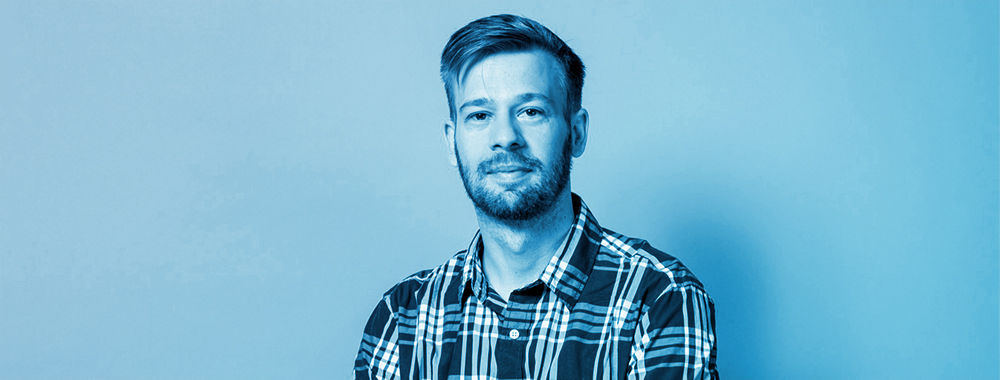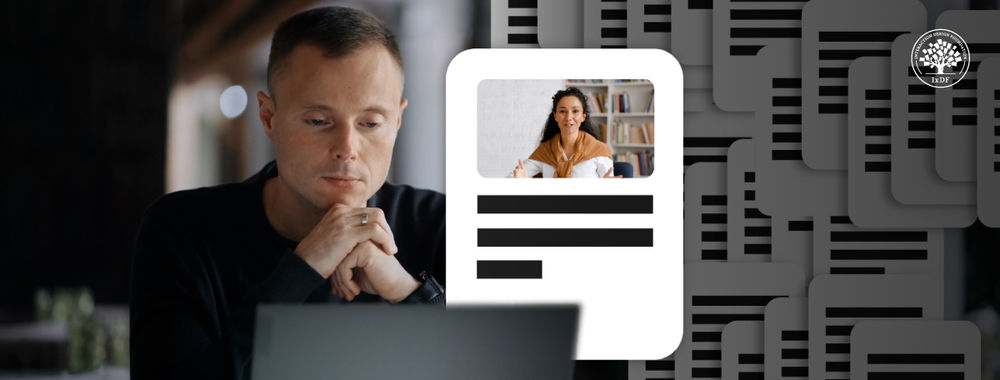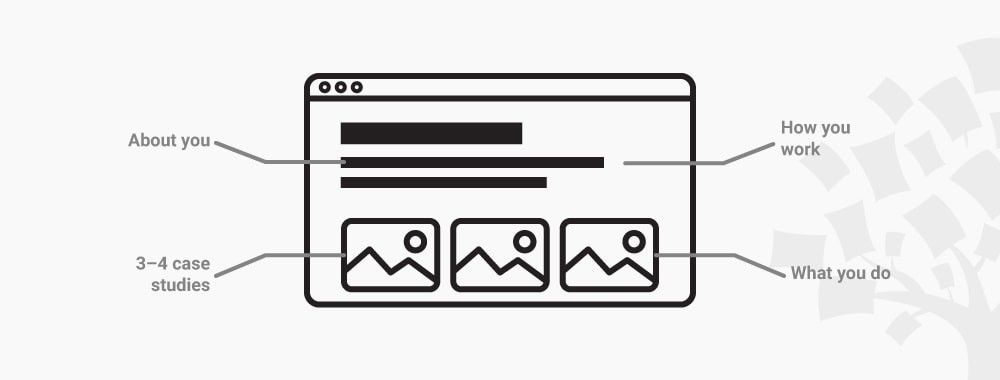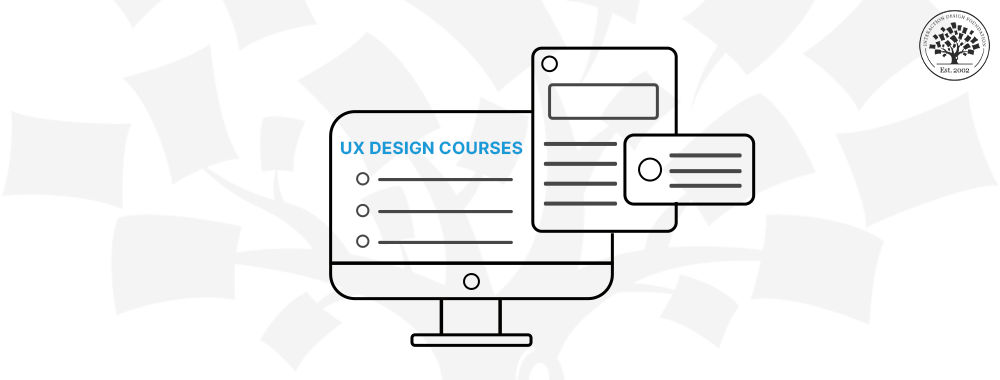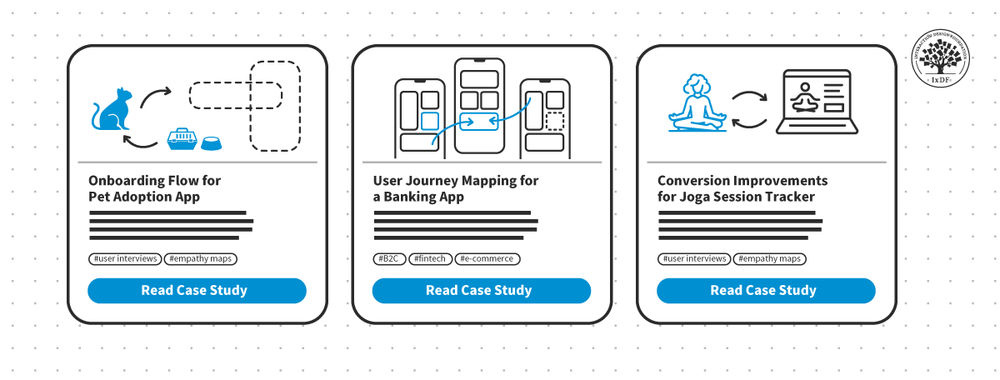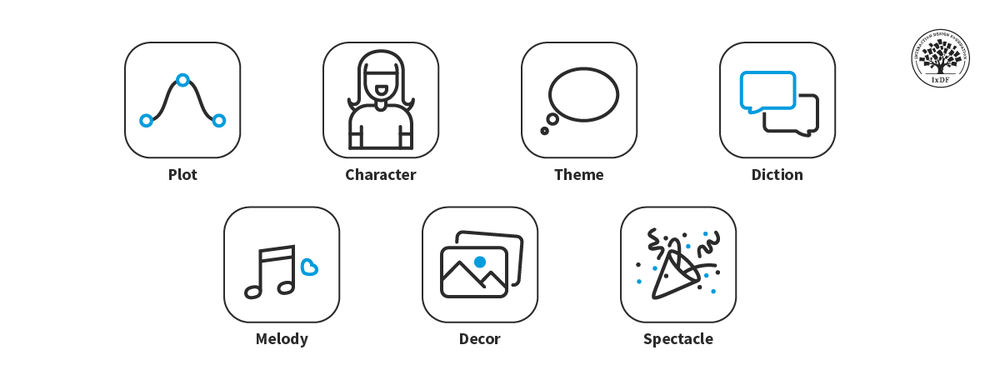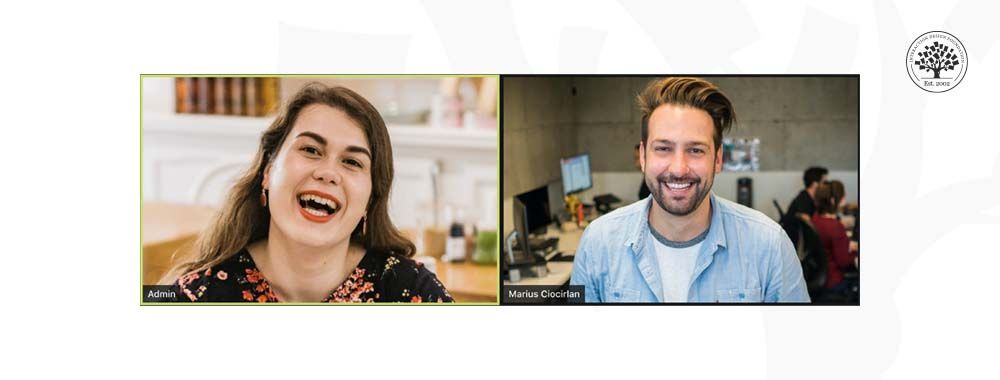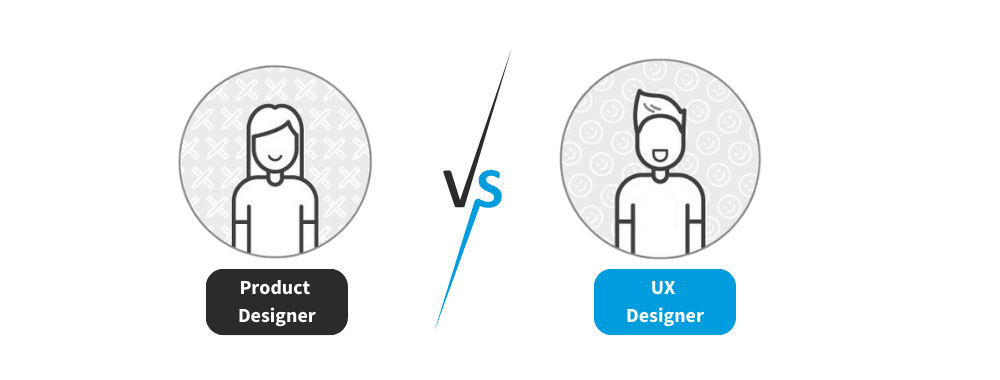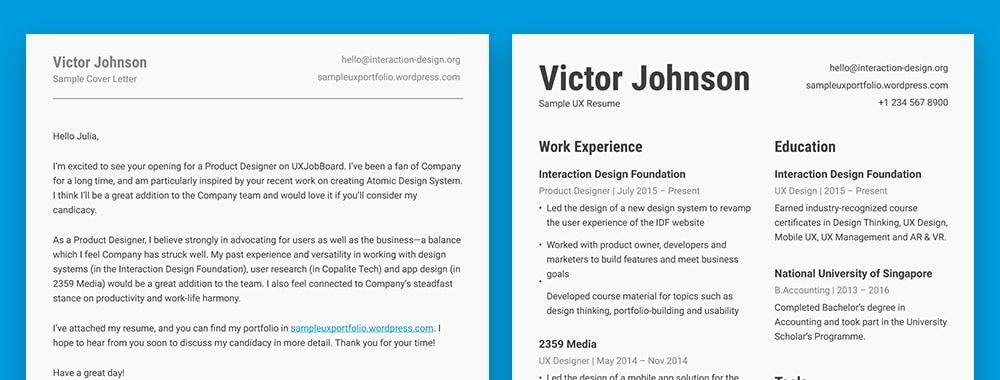When you start out in UX design, it can be a very daunting experience and it’s only natural to have a lot of questions. Many of us who are new to the field often wonder what senior UX designers did when they started out. To help answer some of those questions, we sat down with Zoltan Kollin, design educator and Senior Design Manager at IBM Watson Media. Read on to learn from Zoltan’s 10+ years of experience in the field, and discover his top tips and advice to ease your own transition into the UX design industry.
1. What was your first job role in the UX design and how did you get it?
As a graduate in economics, I was initially interested in marketing. Since I was obsessed with technology too, I joined an e-commerce company as an online marketing intern. As time passed, my role expanded to areas beyond marketing – I coordinated product development projects, conducted user surveys and analytics, sketched screens and wrote specifications for developers.
Even though my job title back then didn’t have the words UX or designer in it, the work I did was very much that of a UX designer.
2. What career decisions led you to the role you're in today?
My first job provided amazing learning opportunities, but I eventually felt that I was doing too many different things. Instead, I wanted to find my path and focus on developing key skills. After weighing up my options, I decided to move on from marketing and project management and focus on design instead. I was then hired by an agency as a UX designer, and just two days into the job, I knew that I had found what I loved doing best.
I continued to work in agencies as a UX designer—which gave me a chance to work on varied projects. I enjoyed a significant learning curve in the process, and went from designing landing pages and microsites to large-scale projects. It also gave me extensive experience in information architecture, wireframing, prototyping and user research.
In 2013, I was offered a design leadership position at Ustream, a product company. Even though it clearly meant stepping out of my comfort zone, I was happy to accept it. Not only did I learn a lot about technology and product development, but I also had the chance to improve my managerial skills and learn how to run a team.
When Ustream was acquired by IBM in 2016, I joined IBM Watson Media with the team. That’s how today, I belong to a community of 2,500 IBM designers and I have daily opportunities to challenge myself, learn from amazing people, and grow!
I’m really grateful for the fact that my career choices have also been amazing learning opportunities so far.
3. What are your 3 top tips for viewers who are looking to get their first job in UX?
1. Learn your fundamentals
There are plenty of online resources and courses you can use to gain UX design skills these days. Invest time in them and ensure that you develop a solid foundation. Even if you want to focus on design, your design knowledge can’t and shouldn’t stand alone—you should also educate yourself in disciplines like user research, content strategy, accessibility, frontend development, and so on.
2. Practice makes perfect
Start doing practical UX design work and build your portfolio as soon as you can. You can start with a pet project or pro bono work for a friend or non-profit—where and how you start matter less than actually producing some work that you can showcase. Even if you start with independent or voluntary projects, work on them as if someone has paid you for them and apply what you have learned through your research and education.
3. Seek guidance
Getting started can be hard when you’re on your own. Try to find a mentor who can answer your questions or review your portfolio. Remember that mentors don’t have to be VP-level experts. When you work towards your first job in UX design, a professional with 2-3 years of experience in the field might be the most useful and relevant mentor for you – and probably easier for you to find, too.
4. What qualities, skills and experience do you look for in new recruits?
Of course, this depends on the actual position and seniority level. But as a rule of thumb, I think the ability to ask the right questions is an essential skill for any UX designer. The best designers I know don’t always have immediate answers, but they’re curious to find these answers and don’t rest until they investigate every aspect of the problems and challenges they work on.
Besides curiosity and problem solving skills, I also appreciate when designers care about and understand the business impact of their work.
5. What do you wish you'd known when you were starting out in the field?
One thing I definitely wish I’d known back then is to start building my portfolio as soon as possible. There’s a myth that a design portfolio is only for visual designers but that’s not the case. Any UX professional can keep a list of their projects in a simple format—what design challenges they faced, what exactly they did to improve it and the impact of their individual contribution. Not only is this useful at job interviews but it’s also an incredibly valuable way to reflect upon and learn from your own work over time.
Building your portfolio right from the start is a great way to measure how much you have grown as a designer too.
6. How do you see the field changing over the next 5-10 years?
What I learned in the industry is that 10 years is an incredibly long time. 10 years ago we were basically only designing websites. Today we’re designing for all sorts of devices and platforms—we’ve gone from websites and screens to conversational and voice UIs, AI and more. The way we work has drastically changed, we have never-ending debates about our job titles, we use advanced design systems and tools daily, the likes of which we only dreamed about 10 years ago.
There’s definitely a lot to learn and this is what makes our field exciting—if you start now, think of the amazing skills you’ll acquire in the years to come as the industry keeps growing! And even for those who have 10+ years of experience, the opportunities for growth haven’t ceased. With the expansion of technology and interfaces, designers now have the luxury to choose whether they want to remain generalists with a broad skill-set, or specialize and focus their skills in a field, and, let’s say, become a voice UI expert.
While it’s hard to say what the rapidly-evolving future holds, there’s no doubt that now is a great time to be, or even become a UX designer!
Discover how IxDF can help you take the next step in your UX design career. You’ll get access to over 30+ Ivy League-level UX design courses, earn industry-recognized certificates, sharpen your skills through portfolio-building projects and find mentors and partners in our global network in 90+ countries.
About Zoltan Kollin:
Zoltan Kollin is a UX professional who has worked as a UX designer, speaker and trainer for over a decade. Currently, Zoltan leads an amazing team that designs video products at IBM.
As a UX trainer, Zoltan teaches extensively about the field, with a special focus on A/B testing, usability, mobile design and remote user research. Zoltan is also well-known for his talks at various top UX conferences including UX Alive, UX Copenhagen and UX Scotland. He is also the co-organizer of Amuse UX Conference and was co-author of the popular blog UX Myths.
When he’s not busy creating great products at IBM or bringing the UX community together at events, Zoltan writes about UX extensively on Medium
